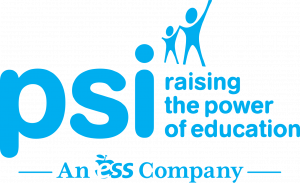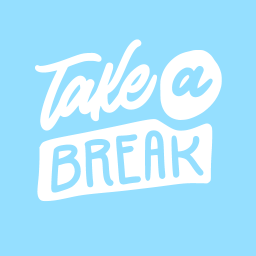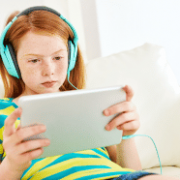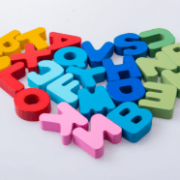Maximizing Mindfulness
Maximizing Mindfulness: How School Staff Can Make the Most of Summer Break
As the school year comes to a close and summer break begins, educators and school staff find themselves with a precious opportunity for rejuvenation and self-care. While it’s tempting to fill this time with various activities and obligations, it’s equally important to prioritize mindfulness and well-being. Here are some suggested effective strategies for school staff to maximize mindfulness during the summer break, ensuring they return to the classroom refreshed and ready to inspire.
- Embrace the moment: Summer break offers a chance to step back from the hectic pace of the school year and fully immerse oneself in the present moment. Whether it’s enjoying a leisurely walk, savoring a delicious meal, or simply sitting quietly and observing nature, practicing mindfulness involves being fully engaged with the here and now. Set aside time each day to engage in activities that promote mindfulness, such as meditation, yoga, or deep breathing exercises.
- Cultivate Gratitude: Gratitude is a powerful tool for promoting mindfulness and overall well-being. Take time each day to reflect on the things you’re grateful for, whether it’s the beauty of nature, the support of friends and family, or the opportunity to make a difference in the lives of students. Keeping a gratitude journal can be a helpful practice, allowing you to capture the moments of joy and appreciation that arise during the summer break.
- Disconnect to Reconnect: In today’s hyper-connected world, it’s all too easy to become consumed by technology and constant connectivity. Use the summer break as an opportunity to disconnect from screens and reconnect with yourself and those around you. Set boundaries around technology use, whether it’s designating specific times of day for checking emails and social media or scheduling regular “tech-free” days. Instead, focus on activities that nourish your mind, body, and spirit, such as spending time outdoors, engaging in creative pursuits, or connecting with loved ones face-to-face.
- Engage in Self-Care: Self-care is essential for maintaining overall well-being and preventing burnout, especially for educators and school staff who devote so much of themselves to their work. Use the summer break to prioritize self-care activities that recharge your batteries and replenish your energy reserves. This could include anything from getting plenty of rest and relaxation to indulging in hobbies and interests that bring you joy. Remember that self-care looks different for everyone, so choose activities that resonate with you and make you feel nourished and rejuvenated.
- Set Intentions for the Future:
- Summer break offers a valuable opportunity for reflection and goal setting, both personally and professionally. Take time to reflect on the past school year—what went well, what challenges you faced, and what lessons you learned. Use this reflection as a springboard for setting intentions and goals for the upcoming year. Whether it’s refining your teaching practice, prioritizing work-life balance, or fostering stronger connections with colleagues and students, setting clear intentions can help you stay focused and aligned with your values and priorities.
Summer break is a time for educators and school staff to recharge, reflect, and reconnect with themselves and their loved ones. By prioritizing mindfulness and self-care during this time, school staff can ensure they return to the classroom feeling refreshed, rejuvenated, and ready to make a positive impact on the lives of their students. By embracing the present moment, cultivating gratitude, disconnecting to reconnect, engaging in self-care, and setting intentions for the future, educators can make the most of their summer break and set themselves up for success in the year ahead.











Leave a Reply
Want to join the discussion?Feel free to contribute!